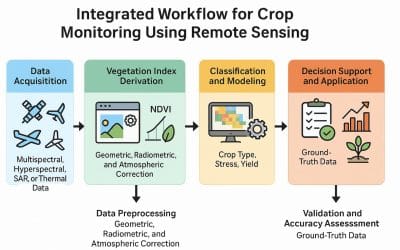 The world bank has revealed that low agricultural production, water scarcity, rising sea levels, and other adverse effects of climate change in Nigerians could cause up to 216 million people to migrate within and out of their own countries by 2050.
The world bank has revealed that low agricultural production, water scarcity, rising sea levels, and other adverse effects of climate change in Nigerians could cause up to 216 million people to migrate within and out of their own countries by 2050.
He also stated that climate change, been an increasingly potent driver of migration, could further reveal the hotspots of internal climate migration as early as 2030 and continue to spread and intensify by 2050.
Climate change is a powerful driver of internal migration because of its impacts on people’s livelihoods and loss of livability in highly exposed locations. By 2050, Sub-Saharan Africa could see as many as 86 million internal climate migrants; East Asia and the Pacific, 49 million; South Asia, 40 million; North Africa, 19 million; Latin America, 17 million; and Eastern Europe and Central Asia, 5 million.
 Washington released a report as far back as 2018, covering climate-changing effects on migration in South Asia, Latin America and Sub-Saharan Africa and projected 143million people could move by 2050.
Washington released a report as far back as 2018, covering climate-changing effects on migration in South Asia, Latin America and Sub-Saharan Africa and projected 143million people could move by 2050.
Geoinfotech GIS Team can use GIS and Remote Sensing to gather vast amounts of data to track low agricultural production, water scarcity, rising sea levels, and other adverse effects of climate change and investigate the causes.

The report also includes a series of policy recommendations that can help mitigate the factors driving climate migration and prepare for expected migration flows, including:
- Reducing global emissions and making every effort to meet the temperature goals of the Paris Agreement.
- Embedding internal climate migration in far-sighted green, resilient, and inclusive development planning.
- Preparing for each phase of migration, so that internal climate migration as an adaptation strategy can result in positive development outcomes.
- Investing in a better understanding of the drivers of internal climate migration to inform well-targeted policies.
The world bank President for sustainable development Juergen Voegele, Ph.D. says it is paramount to note that this prediction is not a cast and stone one.
Further went on to include that if immediate and concerted action to reduce global emissions, and support greenhouse gases, inclusive, and resilient development gaps, could restore the scale of climate migration by as much as 80 percent to 44million people by 2050.
See Migration data in Western Africa



































































































